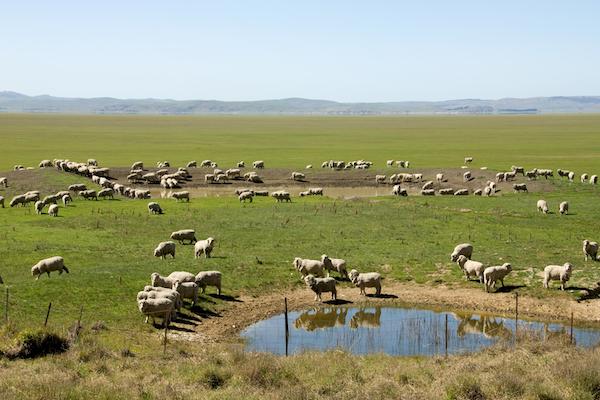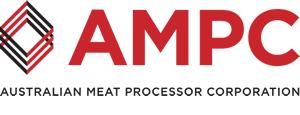Management of wastewater from the Australian red meat processing industry is an important issue. Due to the specific characteristics of wastewater, such as irregular discharge and considerable organic and biogenic loading, it is can be difficult and costly to treat. The organic loading rate of wastewater from the red meat processing industry can be several times higher than the average domestic sewage. Also, it is well known that its high content of fat, oil and grease (FOG) is another issue that makes the treatment process much more difficult. With the increasing costs of pollution abatement and the high cost of municipal surcharges, the red meat processing industry is forced to look into more practical, more efficient and more cost-effective methods. The type and level of treatment required depends on the final usage of the treated wastewater.
The red meat processing industry in Australia comprises of around 191 sites (i.e. individual facilities) spread across around 120 businesses. The industry produces significant volumes of wastewater. An AMPC survey of 23 sites conducted in 2012 revealed that smaller plants, processing up to 1,500 tonnes of hot standard carcase weight (tHSCW) per month used on average 2.82 kL of water per tHSCW processed.





